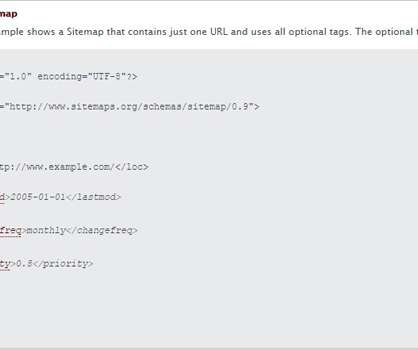Do-it-Yourself Search Engine Optimization (SEO) for Your WordPress.
Industrial Marketing Today
MAY 31, 2010
I have listed some easy, do-it-yourself (DiY) SEO tactics to optimize your WordPress blogs for search engines. Just building a business blog is not going to help you drive traffic or generate leads. On-site SEO refers to changes that you can make within the code of your blog. What is On Site SEO?














Let's personalize your content